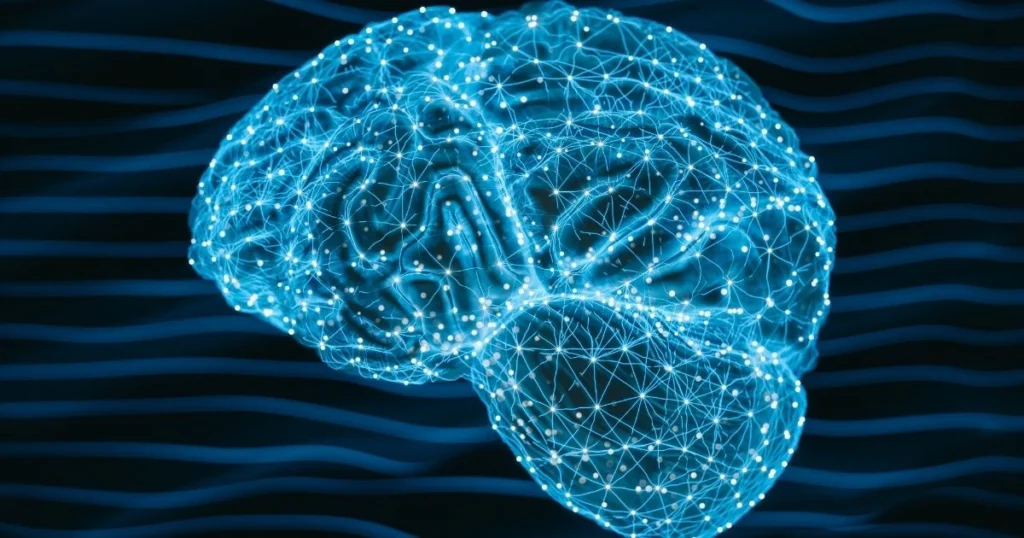Activation Function in Machine Learning: Let’s begin with the basics: what is activation function?
An activation function is a mathematical formula that decides whether a neuron in a neural network should be activated or not. It determines if the information that the neuron is processing is relevant to the prediction or decision being made.
You can think of it like a switch. Without this switch, every neuron would just pass numbers around without learning anything useful. That’s why the activation function in machine learning is not optional, it’s essential.
It introduces non-linearity into the model, allowing neural networks to learn complex patterns like voice recognition, image classification, or language translation. So, if you’re training a deep learning model and want it to “understand” data, your choice of activation function can make all the difference.
What Is the Purpose of Activation Functions?
If you’re wondering what is the purpose of activation functions, here’s your answer: they help neural networks learn complex relationships within data.
Let’s break it down.
- Introduce Non-Linearity: Most of the problems we face are not linear. For example, predicting housing prices, identifying a face in an image, or understanding speech involves complex patterns. Without activation functions, a neural network would behave like a simple straight-line model.
- Decide What to Learn: Each neuron processes inputs and then makes a decision, thanks to the activation function. It helps the model learn from errors, adjust weights, and improve predictions.
- Enable Deep Learning: The deeper the network, the more important it is to have good activation functions. They make it possible to pass meaningful information from one layer to the next.

In summary, the role of activation functions is not just mathematical, it’s logical. It gives your model the ability to handle real-life data which is noisy, irregular, and anything but perfect.
Role of Activation Functions in Neural Networks
Now, let’s focus more deeply on the role of activation functions inside the neural network.
Each layer of a neural network has multiple neurons. These neurons take inputs, apply some weights, sum them up, and pass them through an activation function. The output then becomes the input for the next layer.
The role of the activation function here is to convert that sum into a form that can be used for learning. Without this transformation, every layer would simply do a weighted average — not very helpful in complex tasks.
This is especially important when you’re training models in applications like fraud detection, voice commands, or machine translation. In every case, it’s the activation function that determines what gets passed forward and what gets suppressed.
Types of Activation Function in Machine Learning
Now that you understand the purpose, let’s explore the types of activation function in machine learning and how they’re used.
1. Sigmoid Function
- Range: 0 to 1
- Use Case: Binary classification problems
- Pros: Smooth and simple
- Cons: Can cause vanishing gradient problem
2. Tanh (Hyperbolic Tangent)
- Range: -1 to 1
- Use Case: Works better than Sigmoid in many scenarios
- Pros: Zero-centred output
- Cons: Still suffers from vanishing gradient
3. ReLU (Rectified Linear Unit)
- Range: 0 to ∞
- Use Case: Most commonly used in hidden layers
- Pros: Fast computation, less likelihood of vanishing gradients
- Cons: Can die if too many values become zero
4. Leaky ReLU
- Range: Small negative values to ∞
- Use Case: Helps solve ReLU’s “dying neuron” problem
- Pros: Keeps learning for all inputs
- Cons: Slightly more complex than ReLU
5. Softmax
- Range: 0 to 1 (for all outputs adding up to 1)
- Use Case: Multi-class classification
- Pros: Turns outputs into probabilities
- Cons: Only for final output layer
Understanding these types of activation function in machine learning can help you select the right one depending on your use case.

Impact of Activation Functions
Here are some examples where activation functions play a game-changing role:
- Facial Recognition Systems use ReLU in convolutional neural networks to extract and understand complex features from images.
- Voice Assistants like Alexa or Siri use activation functions in recurrent neural networks to learn the structure of human speech.
- Digital Marketing platforms use deep learning with activation functions to predict click-through rates and customer behaviour.
Whether it’s healthcare, banking, or e-commerce, the activation function in machine learning plays a vital role in making smart predictions.
And if you’re asking “is data science a good career?”, just consider this: every smart algorithm in AI depends on understanding and applying the right activation function.
Where Can You Learn This in Detail?
If this topic excites you, and you’re curious about taking your skills to the next level, we’ve got some suggestions.
Zenoffi E-Learning Labb offers:
- Data Science Courses in Bangalore: With practical exposure and real-world case studies.
- Best Data Science Courses: Covering neural networks, deep learning, activation functions, and project work.
- Data Analytics Training: Designed for working professionals looking for a smooth career transition.
Their learning paths are tailored for people at different stages, whether you’re a beginner or planning a career in data analytics.
Let’s quickly review what we’ve learned:
- The activation function in machine learning decides whether a neuron should activate or not.
- It adds non-linearity, allowing models to learn from complex data.
- The purpose of activation functions is to help the model generalise and make decisions beyond simple linear boundaries.
- Different types of activation function in machine learning include Sigmoid, Tanh, ReLU, Leaky ReLU, and Softmax.
- Choosing the right activation function can drastically improve model performance.
Learning about this one concept can make you better at building smart models, whether for business analytics, marketing, or tech innovation.
On A Final Note…
The activation function in machine learning might sound technical, but it’s the heart of how neural networks learn, adapt, and evolve. It’s that little mathematical gatekeeper that decides what matters and what doesn’t.
As you explore more into machine learning, don’t overlook these foundations. They shape every model, prediction, and insight you’ll ever work with. Whether you’re building the next AI tool or stepping into data analytics training, this knowledge will set you apart.
And if you’re planning your move into data science, platforms like Zenoffi are a great place to start your learning journey with hands-on mentorship and projects.

Frequently Asked Questions
Q1: What is activation function in machine learning?
It is a function that determines whether a neuron should be activated based on the input it receives.
Q2: What is the purpose of activation functions?
The main purpose is to introduce non-linearity so that the model can learn from complex data and make meaningful predictions.
Q3: What are the common types of activation function in machine learning?
Sigmoid, Tanh, ReLU, Leaky ReLU, and Softmax are the most widely used activation functions.
Q4: Can I learn about activation functions through online courses?
Yes. Platforms like Zenoffi E-Learning Labb provide deep learning modules in their data science and analytics training.
Q5: How do activation functions impact neural network performance?
They determine how information flows through the network, affecting learning speed, accuracy, and generalisation.





